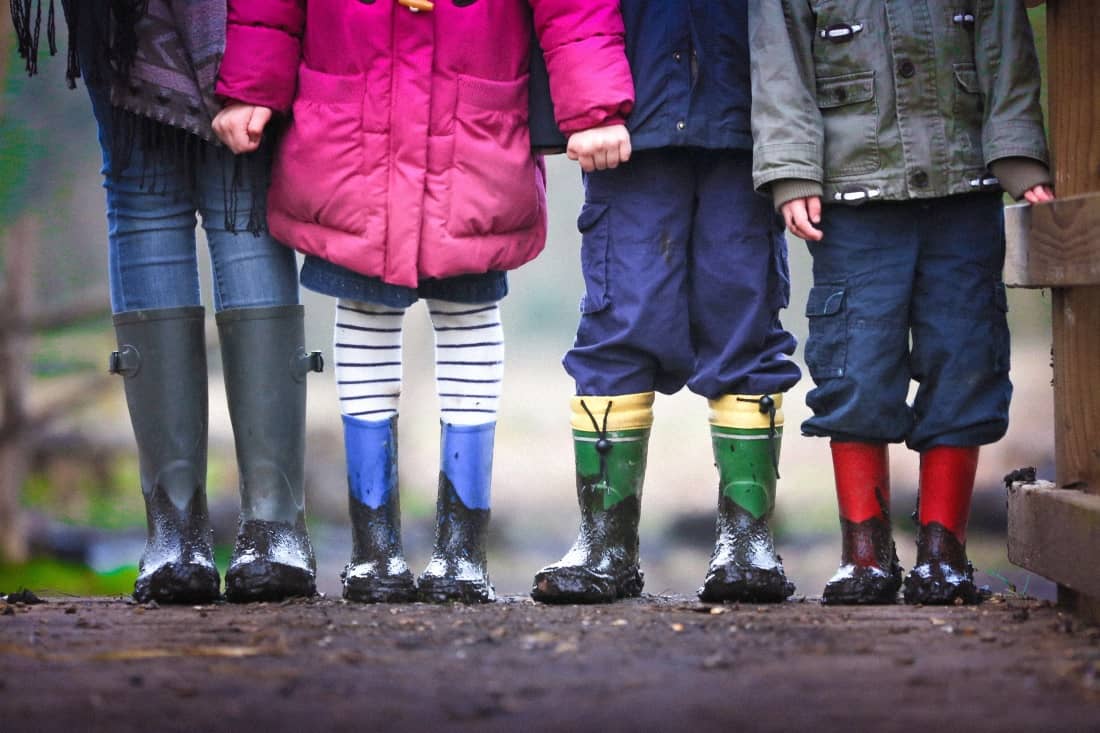The Power of Play: Learning through Playtime for Toddlers
Introduction
In the world of toddlers, playtime is a magical journey of discovery and growth. It’s a time when their young minds absorb knowledge like sponges, much like the way kids eagerly soak up the adventures of their favorite characters in free kids cartoons. In this article, we’ll explore the incredible power of play and how it serves as a remarkable tool for toddlers to learn, develop, and thrive.

Much like those beloved cartoons that captivate young audiences, playtime captures the essence of childhood—a time when imagination knows no bounds, and learning is an exciting adventure. So, join us as we dive into the world of play and discover how it enriches the lives of toddlers, much like the captivating stories and characters found in free kids cartoons.
1. Play as a Learning Vehicle
Just as kids cartoons cleverly weave educational elements into their stories, playtime offers a wealth of learning opportunities for toddlers. Whether it’s stacking blocks, exploring nature, or engaging in make-believe adventures, every play session becomes a classroom of its own.
2. Creativity Unleashed
Free kids cartoons often feature characters who use their creativity to solve problems and embark on exciting quests. In the world of play, toddlers unleash their creativity, making up stories, building imaginative worlds, and experimenting with ideas—a crucial part of early childhood development.
3. Social Skills Development
Cartoon characters often navigate complex social situations, teaching valuable lessons about friendship, empathy, and teamwork. During playtime, toddlers interact with their peers, siblings, or parents, honing essential social skills that will serve them throughout their lives.
4. Cognitive Growth
Free kids cartoons challenge young minds with puzzles, riddles, and adventures. Likewise, playtime activities like puzzles, memory games, and pretend play stimulate cognitive growth, enhancing memory, problem-solving abilities, and logical thinking.
5. Emotional Intelligence
Cartoon characters express a wide range of emotions, helping young viewers understand their feelings better. Playtime offers a safe space for toddlers to explore their emotions, develop self-awareness, and learn to express themselves.
6. Physical Development
Action-packed scenes in kids cartoons often mirror the physical activity toddlers engage in during playtime. Running, jumping, climbing, and fine motor activities like drawing and building contribute to physical development and coordination.
7. Language Skills
Cartoons introduce new words and phrases to young audiences. Similarly, playtime promotes language development as toddlers engage in conversations, listen to stories, and narrate their own adventures.
8. Problem-Solving Adventures
Just as characters in free kids cartoons embark on problem-solving adventures, toddlers encounter challenges during playtime. These challenges encourage them to think critically, experiment with solutions, and build resilience.
9. The Joy of Discovery
In both kids cartoons and playtime, the joy of discovery is ever-present. Toddlers explore their surroundings with wide-eyed wonder, discovering new concepts, textures, and the world’s endless possibilities.
Conclusion
In the world of toddlers, playtime is not just a pastime; it’s a powerful educational tool that rivals the captivating stories and characters found in free kids cartoons. As parents and caregivers, we can nurture this incredible learning journey by providing a safe and stimulating environment where toddlers can play, explore, and learn. So, let playtime be the canvas where your toddler’s imagination runs wild, much like the world of kids cartoons, and watch as they embark on an adventure of growth, discovery, and endless possibilities.




